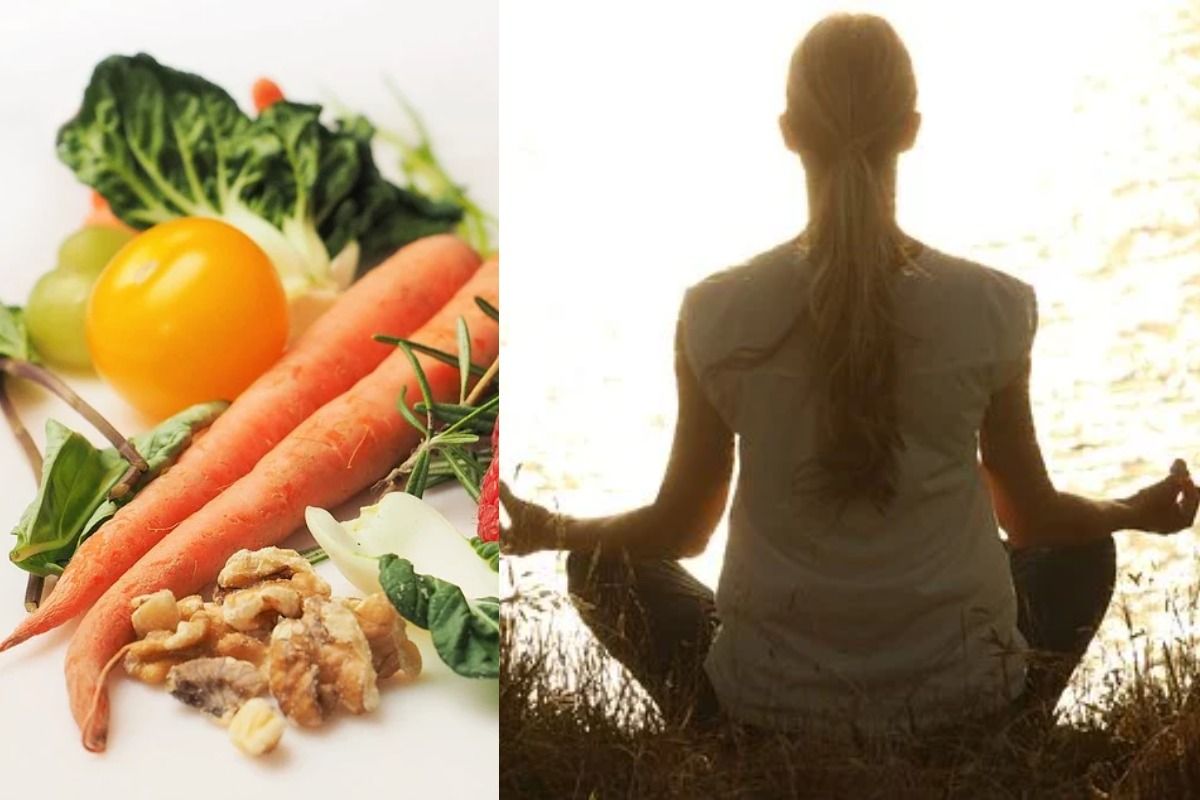
This year’s dengue infection outbreak has been particularly bad, with several cases of infections turning critical and necessitating hospitalisation. Dengue fever is very prevalent and usually causes only minor symptoms; nevertheless, severe dengue might attack someone who has a high-risk condition. The dengue infection can progress to dengue hemorrhagic fever and dengue shock syndrome, which can afflict both adults and children and are both life-threatening. Dengue fever symptoms include muscle pain, bone pain, joint pain, rashes, high temperature, throbbing headache, vomiting, and nausea. Dengue fever can create serious health problems since it weakens the immune system, and as a result, the person may experience problems after recovery.Also Read – Health Tips: 5 Important Ways to Stay Strong And Maintain Good Lifestyle
Follow these tips to prevent Dengue:
Yoga builds immunity Also Read – Diet, Acupuncture And 2 Other Medical Approaches to Treat Respiratory Disorder
A strong immune system helps you prevent dengue which can be developed through holistic practices like yoga. But if you have dengue, yoga can help in quick recovery from dengue fever. Strong immunity will also treat the initial symptoms of dengue. Also Read – Milind Soman Fights Mid Week Laziness Blues by Cycling 80km in 3 Hours 15 Min
Take care of your diet
Do not eat anything that is oily or spicy. Consume freshly cooked meals that have ingredients like black pepper and elaichi in them. Other immunity-boosting foods that you can add to your diet include citrus foods, garlic, almonds, turmeric, and many more.
Follow these yoga asanas to prevent Dengue:
Practice the following asanas slowly. Do not hold for a long duration. You can also add pranayama exercises like Anulom Vilom and Brhamari pranayama to your routine.
Vajrasana (Thunderbolt Pose)
Formation of the Posture-
- Bring your knees down on your mat
- Rest your pelvis on your heels
- Keep your heels slightly apart from each other
- Place your palms on your thighs
- Straighten your back and look forward
Vrikshasana (Tree Pose)
Formation of the Posture-
- Stand tall, and place one foot on the opposite inner thigh, either above or below the knee. Open the leg to the side, bring your hands to prayer, and stay for five to eight breaths.
- Builds leg and abdominal strength
- Works on hip mobility
Paschimottanasana (Seated forward bend)
Formation of the Posture-
- Begin in Dandasana where your legs are stretched out forward
- Keep your knees slightly bent if needed
- Lift your arms up and keep your spine upright
- Exhale and bend forward
- Try to grip your toes with your fingers
- Hold the posture for 10 seconds
Savithri asana
Formation of the Posture-
- Drop your knees to the ground gently and keep your upper body straight.
- Start with Sukshma Vyayam or subtle exercises to warm up the body.
- Stretch your arms up to the sky with palms hovering shoulder distance from and facing each other.
- Look forward and hold
Dhanurasana
Formation of the Posture-
- Begin on your stomach
- Fold your knees to grab onto your ankles with your palms
- Inhale and lift your legs and arms up as much as you can
- Balance on your stomach
- Look up and hold the posture
Brahmari Pranayama
Formation of the Posture-
- Sit in any comfortable pose (such as Sukhasan, Ardhapadmasan, or Padmasana)
- Straighten your back and close your eyes
- Place your palms on your knees facing up (in Prapthi Mudra)
- Place your thumbs on the ‘Tragus’, the external flap outside on your ear.
- Place your index finger on your forehead; your middle finger on the Medial Canthus and your ring finger on the corner of your nostril
- Inhale and fill your lungs with air
- As you exhale, slowly make a buzzing sound like that of a bee, i.e., “mmmmmmm….”
- Keep your mouth closed the entire time and feel the vibration of the sound disseminate throughout your body
This particular practice of Siddhohum Kriya can be done as a remedy to the fluctuation of moods. It helps you to balance your energies and stay in a pleasant temperament. One of the most important and wonderful benefits of this practice is that it helps you maintain this mood and upgrade from there. It helps you align your body mind and spirit.
(With inputs from IANS)
$(document).ready(function(){ $('#commentbtn').on("click",function(){ (function(d, s, id) { var js, fjs = d.getElementsByTagName(s)[0]; if (d.getElementById(id)) return; js = d.createElement(s); js.id = id; js.src = "//connect.facebook.net/en_US/all.js#xfbml=1&appId=178196885542208"; fjs.parentNode.insertBefore(js, fjs); }(document, 'script', 'facebook-jssdk'));
$(".cmntbox").toggle(); }); });
Stay connected with us on social media platform for instant update click here to join our Twitter, & Facebook
We are now on Telegram. Click here to join our channel (@TechiUpdate) and stay updated with the latest Technology headlines.
For all the latest Lifestyle News Click Here
